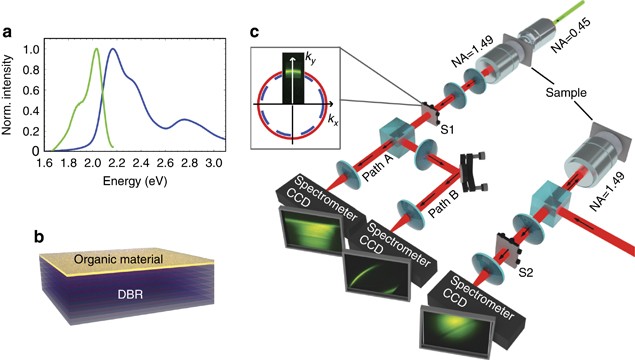
**Leveraging Disorder for Polaritonic Chemistry: A Step Forward into the Future**
In a pioneering investigation, researchers in the US have revealed a technique to adjust polaritons by calibrating disorder in chemical reactions. This progress sheds light on the complex mechanisms of polaritonic chemistry, where substances in optical cavities display unexpected behaviors. Such breakthroughs are set to transform difficult chemical reactions, improve solar technology, and potentially realize science fiction ideas like lightsabers.
**Polaritons: The Light-Matter Hybrid Entities**
Polaritons arise from the interplay between light and molecular vibrations or electronic transitions in a confined environment, such as an optical cavity. These distinctive particles, part photon and part molecule, can significantly alter chemical results. Wei Xiong from the University of California San Diego emphasizes the uniqueness of this finding, pointing out new parameters for exploiting their capabilities.
**The Impact of Disorder on Polaritonic Dynamics**
The capacity to manipulate polaritons relies on regulating disorder within the system. Xiong’s team illustrated that an ordered environment promotes polaritonic interactions, a concept they had previously suggested. In their laboratory tests, a phenol derivative displayed swift conformation alterations when situated in a cavity, but solely in its solid phase, where molecular consistency was maintained. Conversely, polaritons failed to perform in a disordered solution, unable to aid energy transfer among molecules.
**Traversing Disorder in Polaritonic Chemistry**
Andrew Musser of Cornell University and Pengfei Huo from the University of Rochester elaborate on the difficulties of minimizing disorder. Possible solutions involve employing solids, pure liquids, or “antenna” solvents to steer coupling strength. Alternatively, enhancing light-matter interaction might be accomplished by altering concentration or modifying cavity design. However, this strategy is presently confined to reactions that involve light-induced cavities.
**Prospective Implications and Uses**
Grasping the nature of polaritons could revolutionize chemical synthesis, providing routes to high-value compounds through regulated, stereoselective reactions. The technology also promises advancements in light-harvesting devices and optical computing, as well as conquering the limitations that hinder the creation of lightsabers.
As exploration advances, the mastery of polaritons could herald a new age of chemical ingenuity, blending the lines between science fiction and reality.